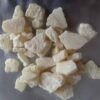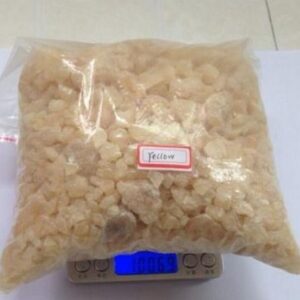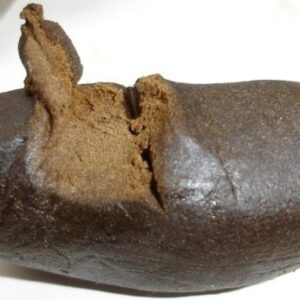Buy Butylone Crystal
$300.00 – $3,800.00
We give just top-quality items to investigate purposes as it were. In our online store, you can locate the most characteristic and 100% unadulterated MCPEP. We deal with our purchasers and expect to give them administrations on an elevated level.
Buy Butylone Crystal
Buy Butylone Crystal online, also known as ?-keto-N-methylbenzodioxolylbutanamine (?k-MBDB), is an entactogen, psychedelic, and stimulant psychoactive drug of the phenethylamine chemical class. It is the ?-keto (substituted cathinone) analogue of MBDB and the substituted methylenedioxyphenethylamine analogue of buphedrone. Butylone was first synthesized by Koeppe, Ludwig, and Zeile in 1967. It remained an obscure product of academia until 2005
Butylone can be synthesized in a laboratory via the following route: 3,4-methylenedioxybutyrophenone dissolved in dichloromethane to bromine gives 3?,4?-methylenedioxy-2-bromobutyrophenone. This product was then dissolved in dichloromethane and added to an aqueous solution of methylamine (40%). HCl was then added. The aqueous layer was removed and made alkaline by using sodium bicarbonate. For the extraction of the amine ether was used. To get butylone a drop of ether and HCl solution was added
Butylone acts in a similar way as MDMA and Methylone, it causes an increase in extracellular monoamine levels
Butylone was first synthesized by Koeppe, Ludwig and Zeile which is mentioned in their 1967 paper. It remained an obscure product of academia until 2005 when it was sold as a designer drug. Butylone shares the same relationship to MBDB as methylone does to MDMA (Ecstasy). Formal research on this chemical was first conducted in 2009, when it was shown to be metabolised in a similar manner to related drugs like methylone
Butylone, also known as ?-keto-N-methylbenzodioxolylbutanamine (?k-MBDB), is an entactogen, psychedelic, and stimulant psychoactive drug of the phenethylamine chemical class. It is the ?-keto (substituted cathinone) analogue of MBDB and the substituted methylenedioxyphenethylamine analogue of buphedrone
There are three major metabolic pathways of bk-MBDB as shown in the figure. As result of demethylenation followed by O-methylation bk-MBDB metabolises into 4-OH-3-MeO and 3-OH-4-MeO metabolites in human urine. The second pathway is a ?-ketone reduction into ?-ketone reduced metabolites. The third pathway is a N-dealkylation into N-dealkyl metabolites. The first two pathways occur more than pathway three. The most common metabolite is the 4-OH-3-MeO metabolite. The metabolites containing a hydroxyl-group would be excreted as their conjugates in urine.
Contents hide
1. History
2. Chemical and physical data
3. See also
History
Butylone was first synthesized by Koeppe, Ludwig and Zeile which is mentioned in their 1967 paper. It remained an obscure product of academia until 2005 when it was sold as a designer drug. Butylone shares the same relationship to MBDB as methylone does to MDMA (Ecstasy). Formal research on this chemical was first conducted in 2009, when it was shown to be metabolised in a similar manner to related drugs like methylone.
Chemical and physical data
Formula: C12H15NO3
Molar mass: 221.2524 g/mol g·mol?1
See also
MDPBP
Pentylone
believes in providing value to its customers. Our team of IT specialists is at your service to guide you and provide you maximum value. You can chat with us live or Contact Us to send queries.
| Select Quantity | 100grams, 10grams, 1kg, 250grams, 2kg, 500grams, 50grams |
|---|
Related products
Research Chemicals For Sale
Research Chemicals For Sale
Research Chemicals For Sale
Research Chemicals For Sale
Research Chemicals For Sale
Research Chemicals For Sale
Research Chemicals For Sale
Research Chemicals For Sale
Research Chemicals For Sale
Research Chemicals For Sale
Research Chemicals For Sale
Research Chemicals For Sale
Research Chemicals For Sale
Research Chemicals For Sale
Research Chemicals For Sale


















